Earlier, at the end of a two-day monetary policy meeting, the BOJ decided to maintain short-term interest rates at minus 0.1% and keep the 10-year Japanese government bond yield target unchanged at 0%, but the 1% cap on YCC will become a flexible limit, instead of a fixed limit. In addition, the BOJ also abandoned its commitment to protect the yield ceiling by buying unlimited amounts of bonds - a promise the BOJ made in previous meetings.
During the trading session on the New York Stock Exchange (USA) on October 31, the yen at one point fell to 151.74 yen per USD. If it surpasses the 151.94 yen mark in October 2022, the yen will hit its lowest level in 33 years since July 1990. In addition, the yen exchange rate against the euro also broke the 160 yen per euro mark for the first time since 2008.
In the trading session on November 1, the yen recovered slightly, at one point reaching 151.27 yen to 1 USD, down 13% since the beginning of the year and down 38% from the peak set during the COVID-19 pandemic. The yen to euro exchange rate fluctuated above 160 yen to 1 euro. Last year, the yen also lost about 13% of its value against the USD.
A year ago, the yen's massive fall to nearly 152 yen per dollar led to the Japanese Ministry of Finance intervening in the currency market to defend the yen's exchange rate for the first time in more than two decades.
Investors see room for interest rates to rise in the US and Europe, while rates in Japan are constrained by underlying economic weakness. Long-term interest rates are currently around 4.9% in the US and 0.95% in Japan. When the yen hit its low on October 21, 2022, US and Japanese interest rates were around 4.2% and 0.25%, respectively. Since they are rising at roughly the same pace, the interest rate gap has not changed.
Analysts say the BOJ’s yield curve control tweaks will do little to change that. JPMorgan FX analyst Katsuhiro Oshima estimates that each 0.1% increase in Japan’s long-term interest rates would only boost the yen by about 0.5 to 1.3 yen against the dollar.
Monthly U.S. employment data, due on November 3, could push U.S. interest rates and the dollar higher again. Strong U.S. employment numbers released on October 31 contributed to a sharp decline in the yen.
Asked whether Japan was ready to take action, including possibly intervening, Masato Kanda, Japan’s top currency diplomat, said the country was “on standby.” That was the phrase Kanda used in September 2022, before Japan intervened to buy the yen for the first time in 24 years. Meanwhile, Teppei Ino at MUFG Bank said the market now sees this as “the highest level of verbal intervention.” The yen’s decline paused for a while after the finance ministry official’s comments.
However, there appears to be a disconnect between the government and the BOJ. About five hours after Mr. Kanda’s comments, the BOJ announced an unscheduled bond purchase, which could curb the surge in long-term yields. This was followed by a fresh decline in the yen.
If the yen continues to slide, some analysts expect Tokyo to actually intervene to support the currency./.
Source link



![[Photo] General Secretary To Lam attends the 80th Anniversary of the Cultural Sector's Traditional Day](https://vphoto.vietnam.vn/thumb/1200x675/vietnam/resource/IMAGE/2025/8/23/7a88e6b58502490aa153adf8f0eec2b2)
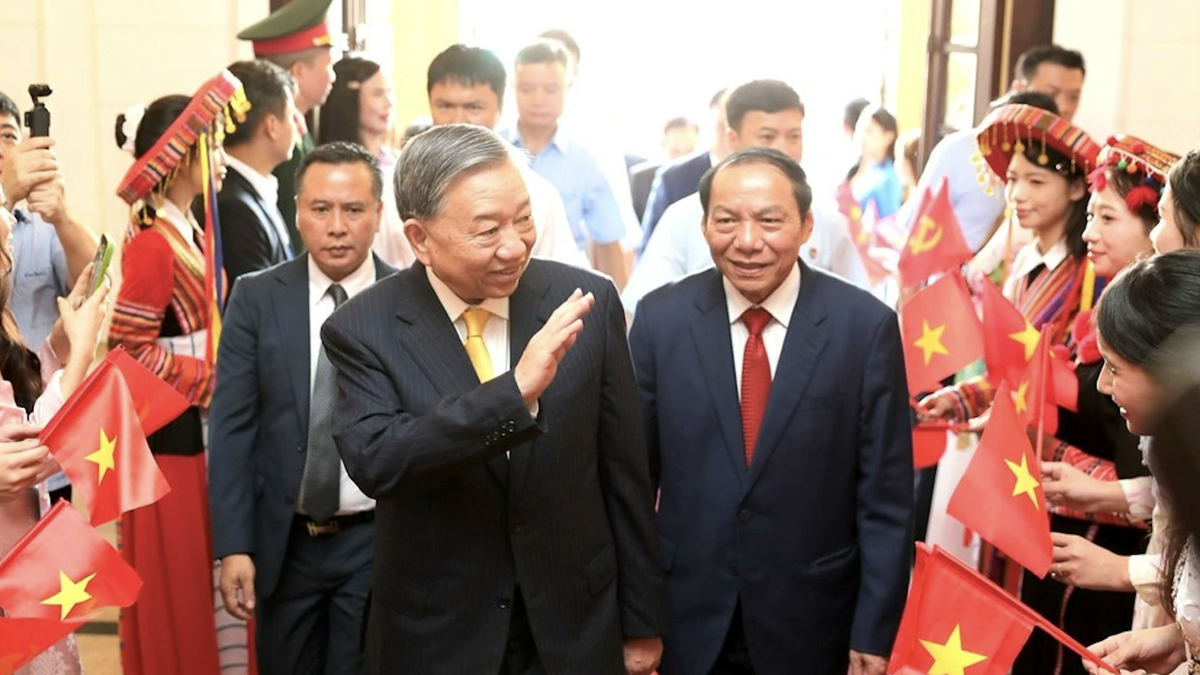






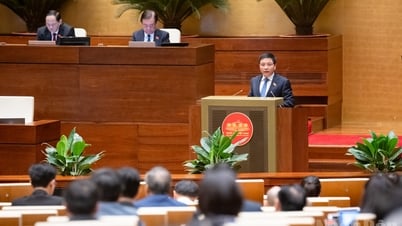



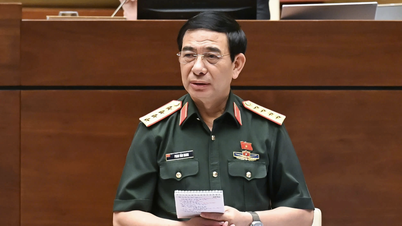

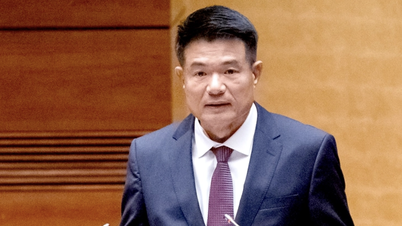

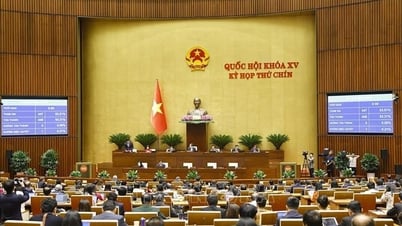









































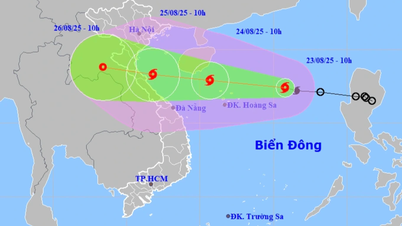









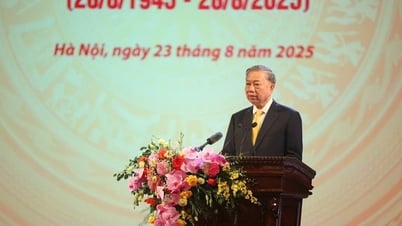
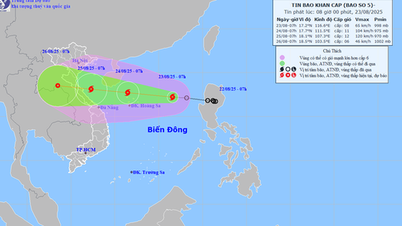
























Comment (0)